





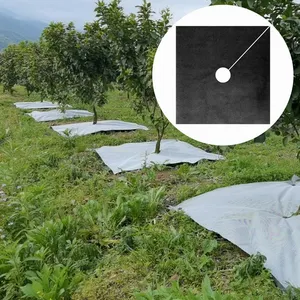























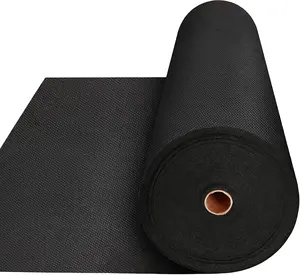


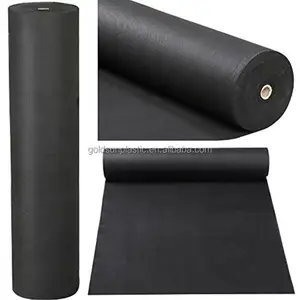

































Related Searches:
















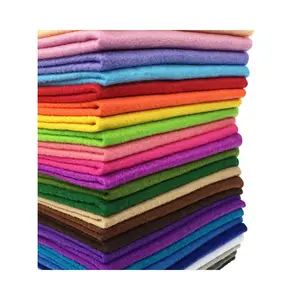





























































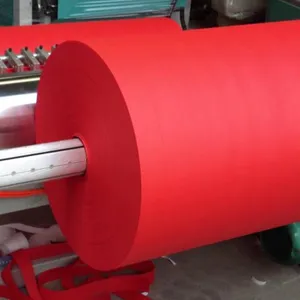






























































Top categories
About non woven fabric for agriculture
Exploring Non Woven Fabric for Agriculture
The non woven fabric for agriculture category encompasses a diverse array of materials designed to enhance and protect agricultural products. These fabrics are engineered to meet the specific needs of the agricultural sector, providing solutions for crop protection, soil stabilization, and more. This introduction delves into the various types, applications, and features of non woven fabrics used in the agricultural industry.
Types and Applications of Agricultural Non Woven Fabrics
Non woven fabrics are integral to numerous agricultural applications. The non woven crop cover is a prime example, offering a protective layer for crops against harsh weather and pests. Similarly, non woven fabric used in agriculture serves as an excellent medium for creating protective gear for plants, ensuring optimal growth conditions. These fabrics are not limited to crop protection; they also play a crucial role in soil erosion prevention and water filtration systems.
Material Composition and Environmental Impact
The materials used in manufacturing non woven fabrics for agricultural use are chosen for their durability and environmental sustainability. Fabrics such as non-woven polypropylene and polyester are prevalent due to their ability to withstand diverse climatic conditions. Moreover, the biodegradable properties of certain non woven materials, like those used for agricultural non woven crop cover, underscore the industry's move towards eco-friendly practices. These materials decompose over time, reducing environmental impact and promoting a greener approach to agricultural production.
Features and Advantages of Non Woven Agriculture Fabrics
Non woven fabrics offer a plethora of features beneficial to agriculture. Their porous nature makes them ideal for filtration purposes, a critical aspect in maintaining soil health. The lightweight yet durable characteristics of these fabrics make them easy to use and deploy in various agricultural settings. Additionally, the versatility of non woven fabrics is evident in their range of thicknesses and densities, which can be tailored to specific agricultural needs, enhancing their effectiveness as non woven fabric for agriculture.
Conclusion
In summary, the non woven fabric for agriculture is a versatile and environmentally conscious choice for modern farming needs. Its diverse applications, from crop covers to soil stabilization, highlight its importance in the agricultural industry. By choosing the appropriate non woven fabric, agricultural professionals can significantly benefit from its protective and enhancing features.























